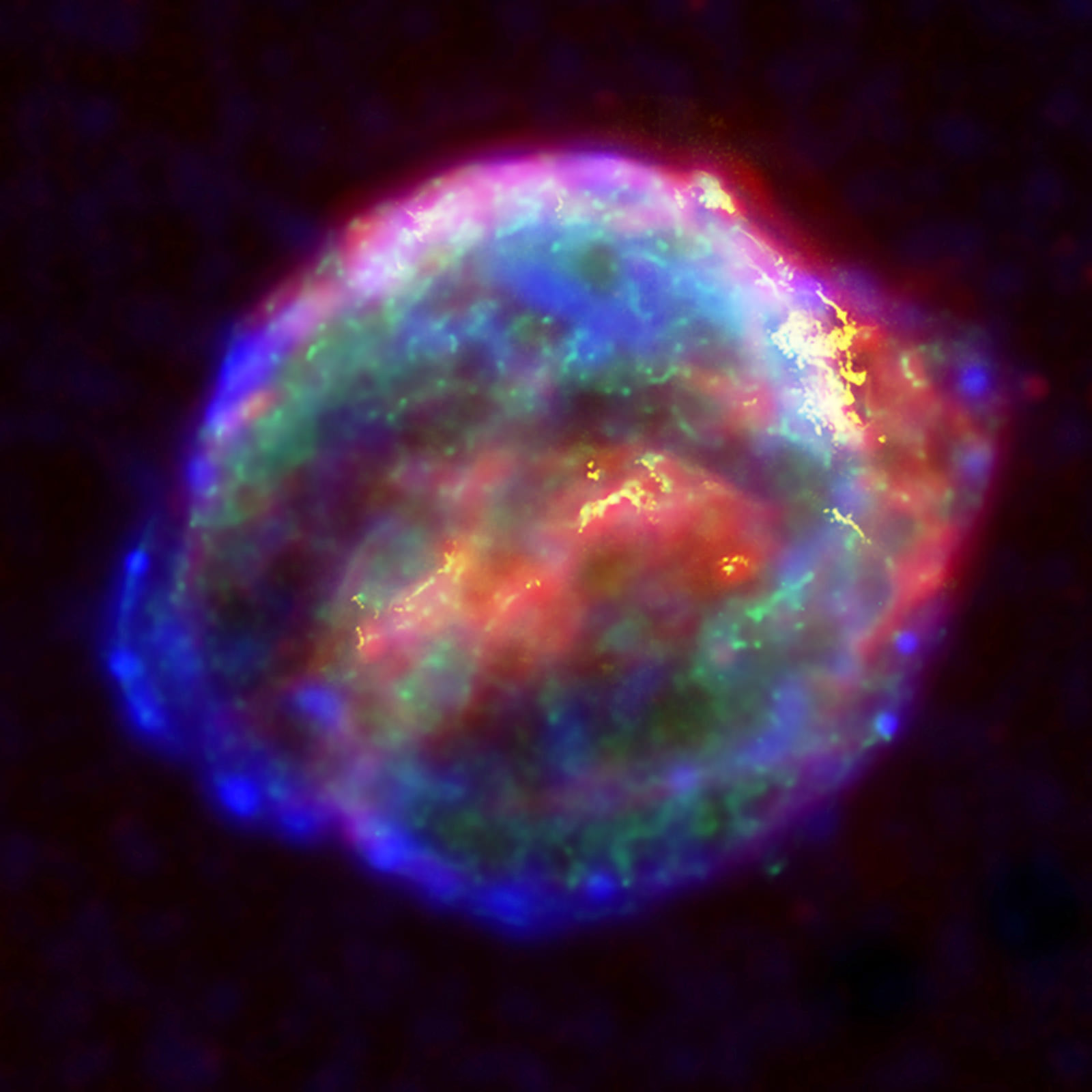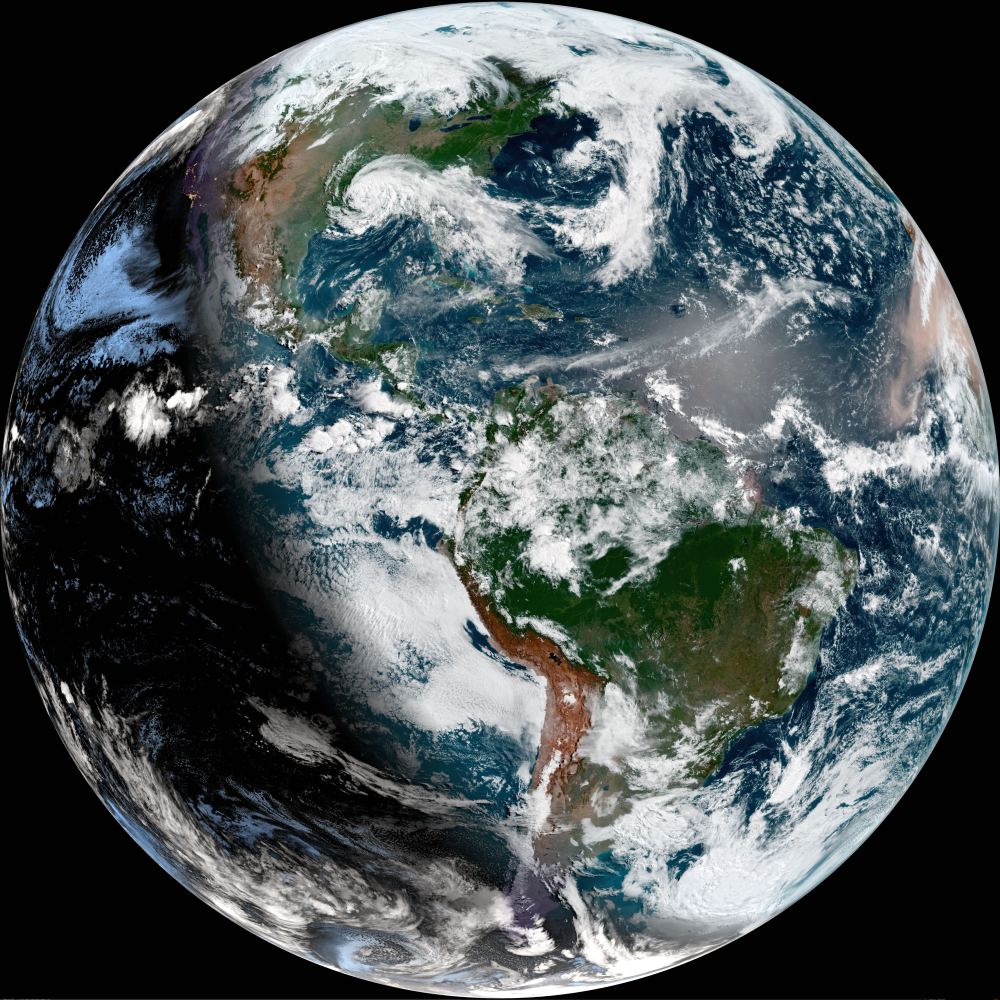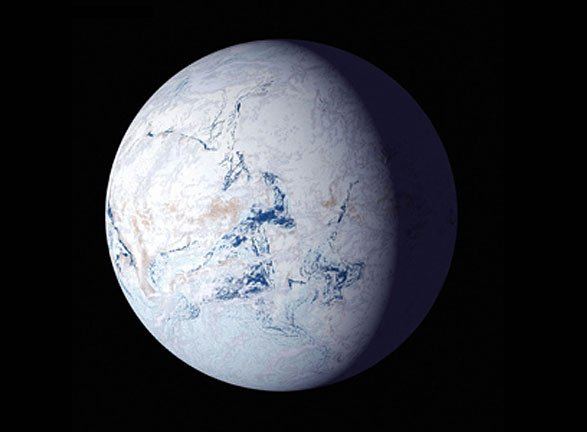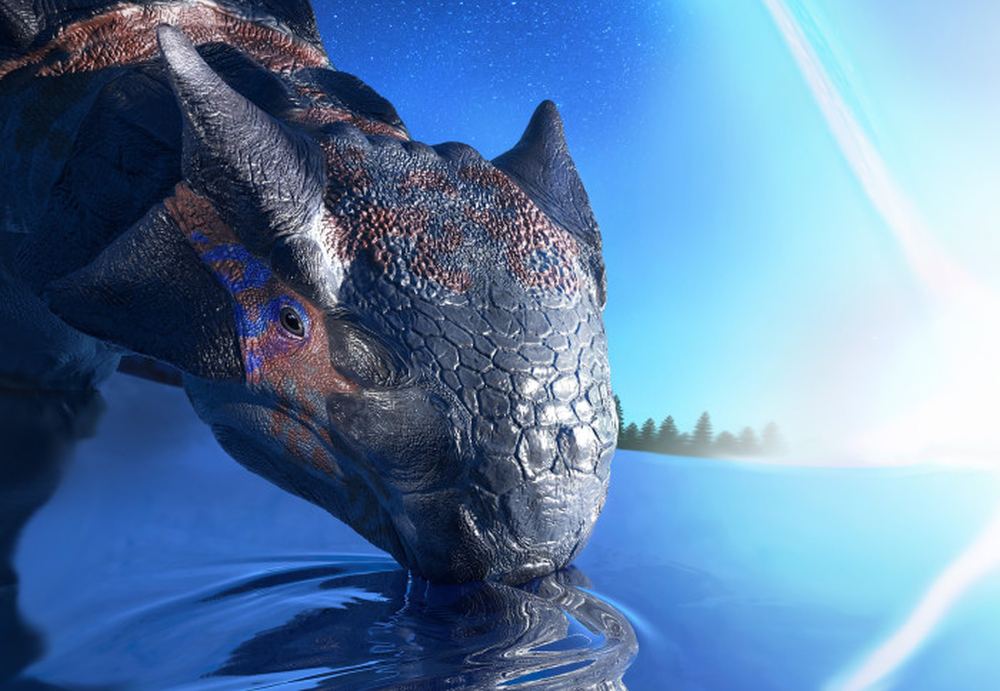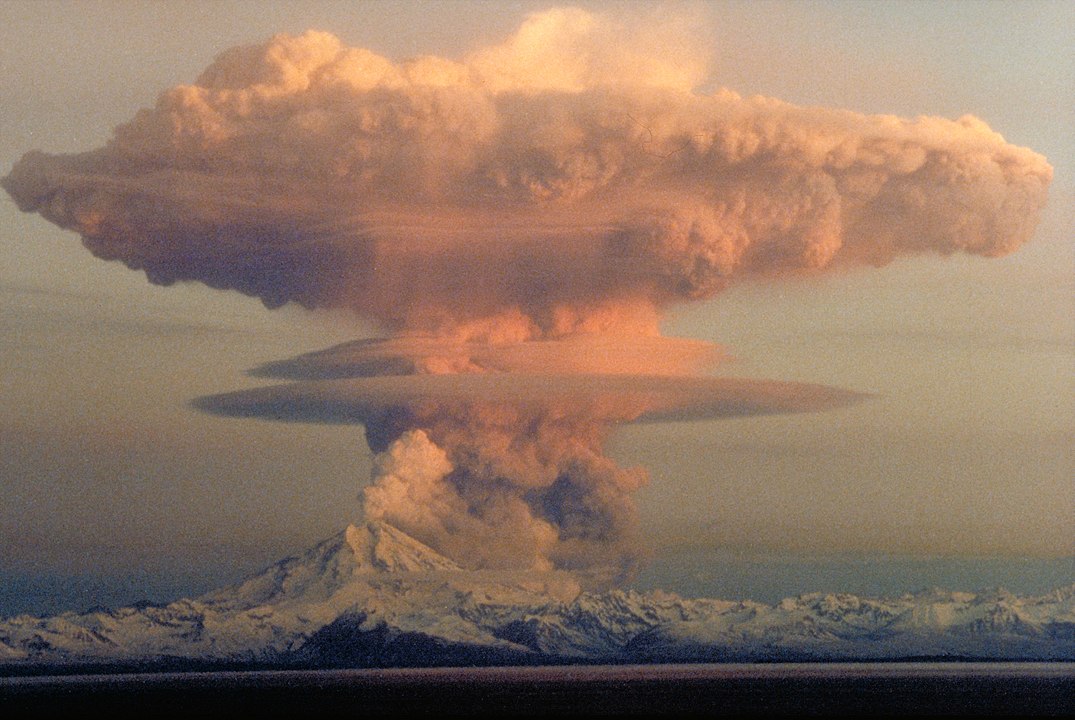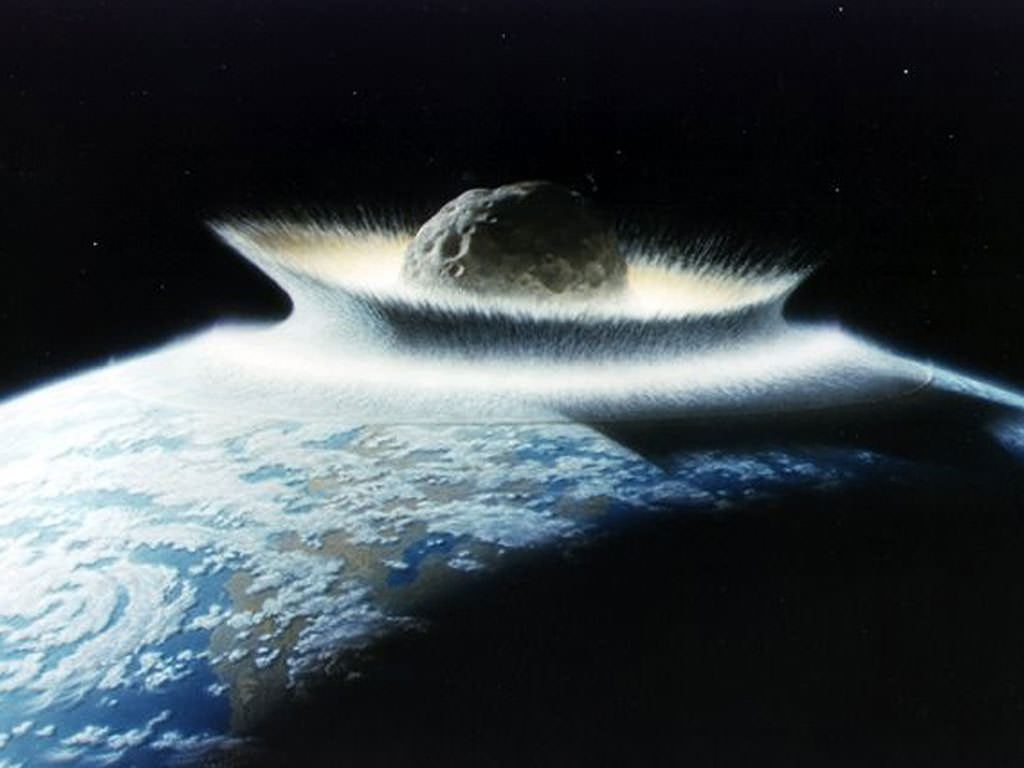Artificial Intelligence is making its presence felt in thousands of different ways. It helps scientists make sense of vast troves of data; it helps detect financial fraud; it drives our cars; it feeds us music suggestions; its chatbots drive us crazy. And it’s only getting started.
Are we capable of understanding how quickly AI will continue to develop? And if the answer is no, does that constitute the Great Filter?
Continue reading “Does the Rise of AI Explain the Great Silence in the Universe?”
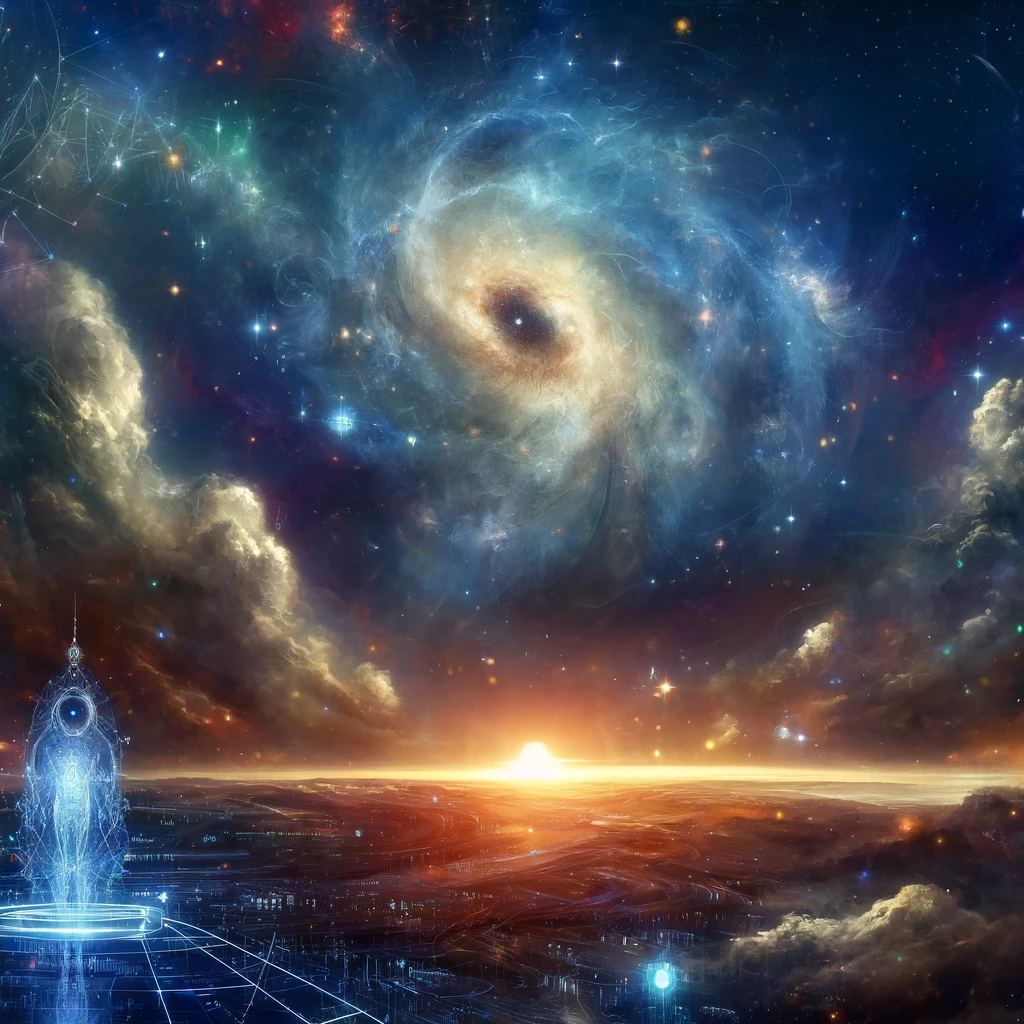
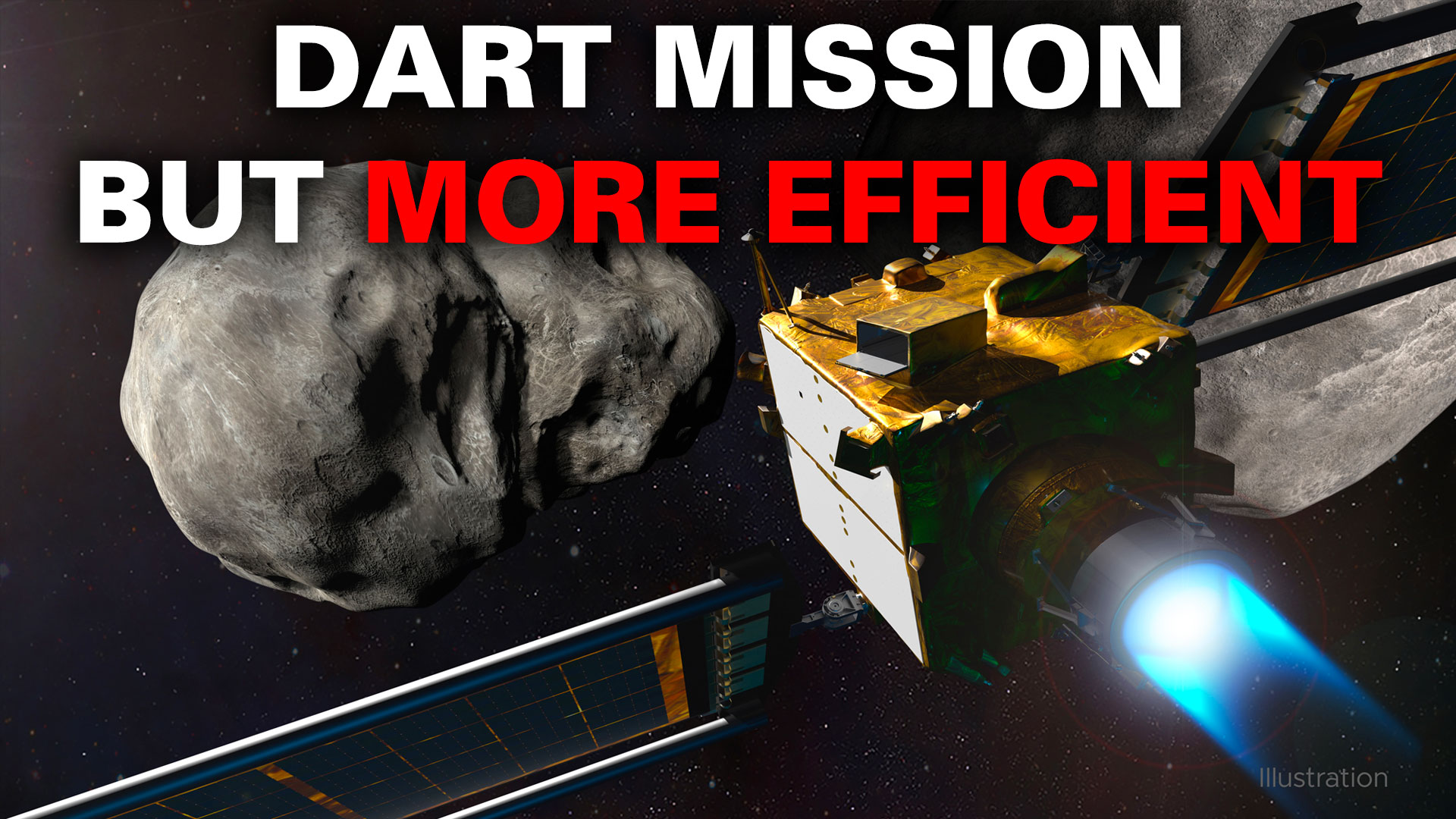
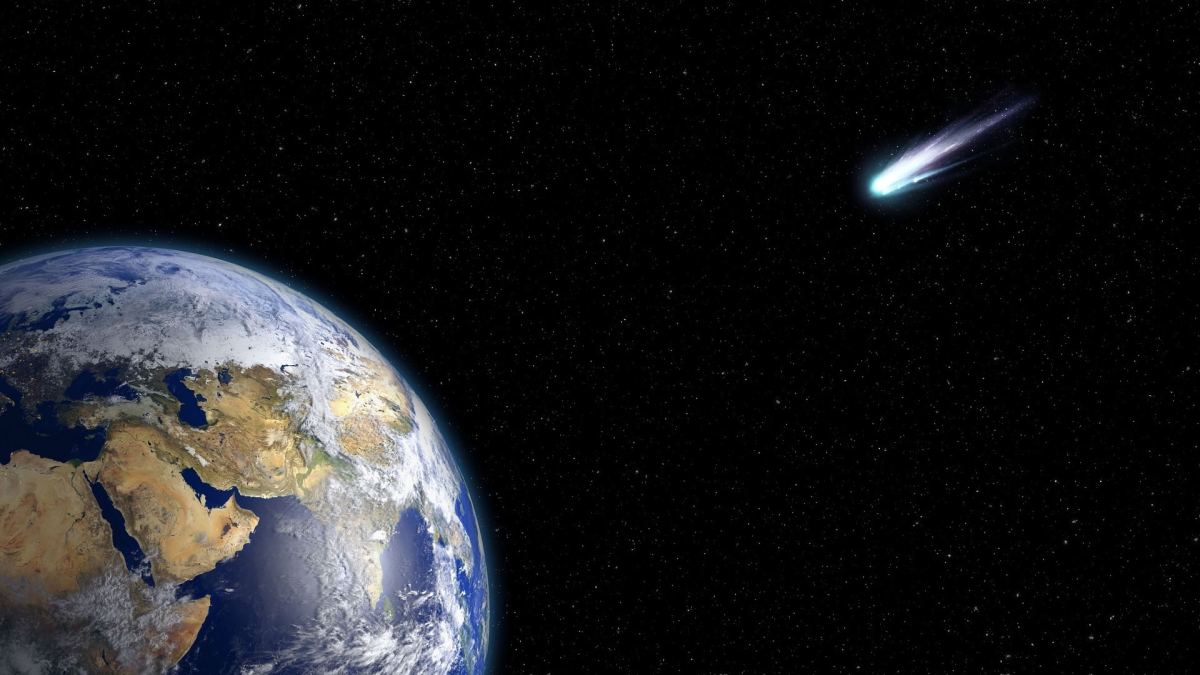
![This illustration shows the percentage of marine animals that went extinct during Earth's worst extinction at the end of the Permian era by latitude, from the model (black line) and from the fossil record (blue dots).A greater percentage of marine animals survived in the tropics than at the poles. The color of the water shows the temperature change, with red being most severe warming and yellow less warming. At the top is the supercontinent Pangaea, with massive volcanic eruptions emitting carbon dioxide. The images below the line represent some of the 96 percent of marine species that died during the event. [Includes fossil drawings by Ernst Haeckel/Wikimedia; Blue crab photo by Wendy Kaveney/Flickr; Atlantic cod photo by Hans-Petter Fjeld/Wikimedia; Chambered nautilus photo by John White/CalPhotos.]Justin Penn and Curtis Deutsch/University of Washington](https://www.universetoday.com/wp-content/uploads/2018/12/Penn_sumfig_final.jpg)
